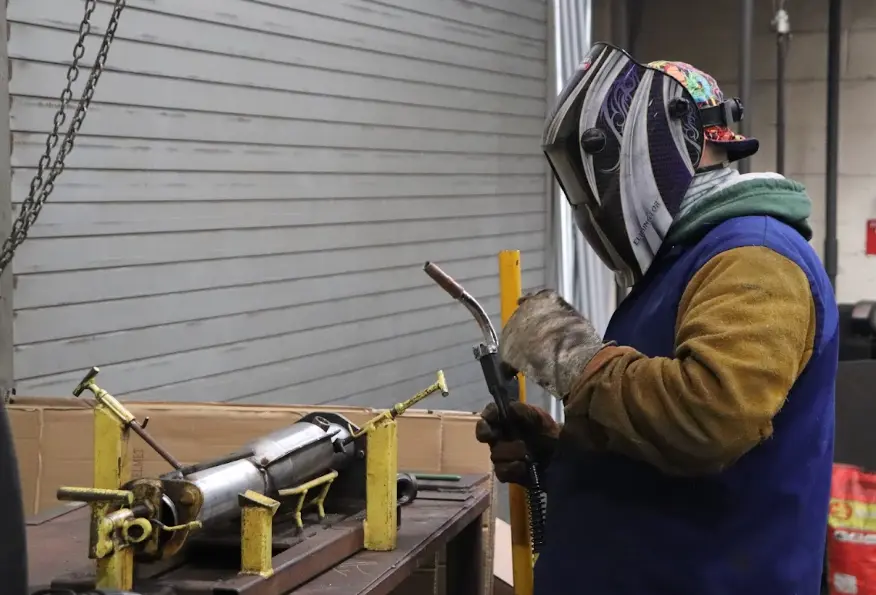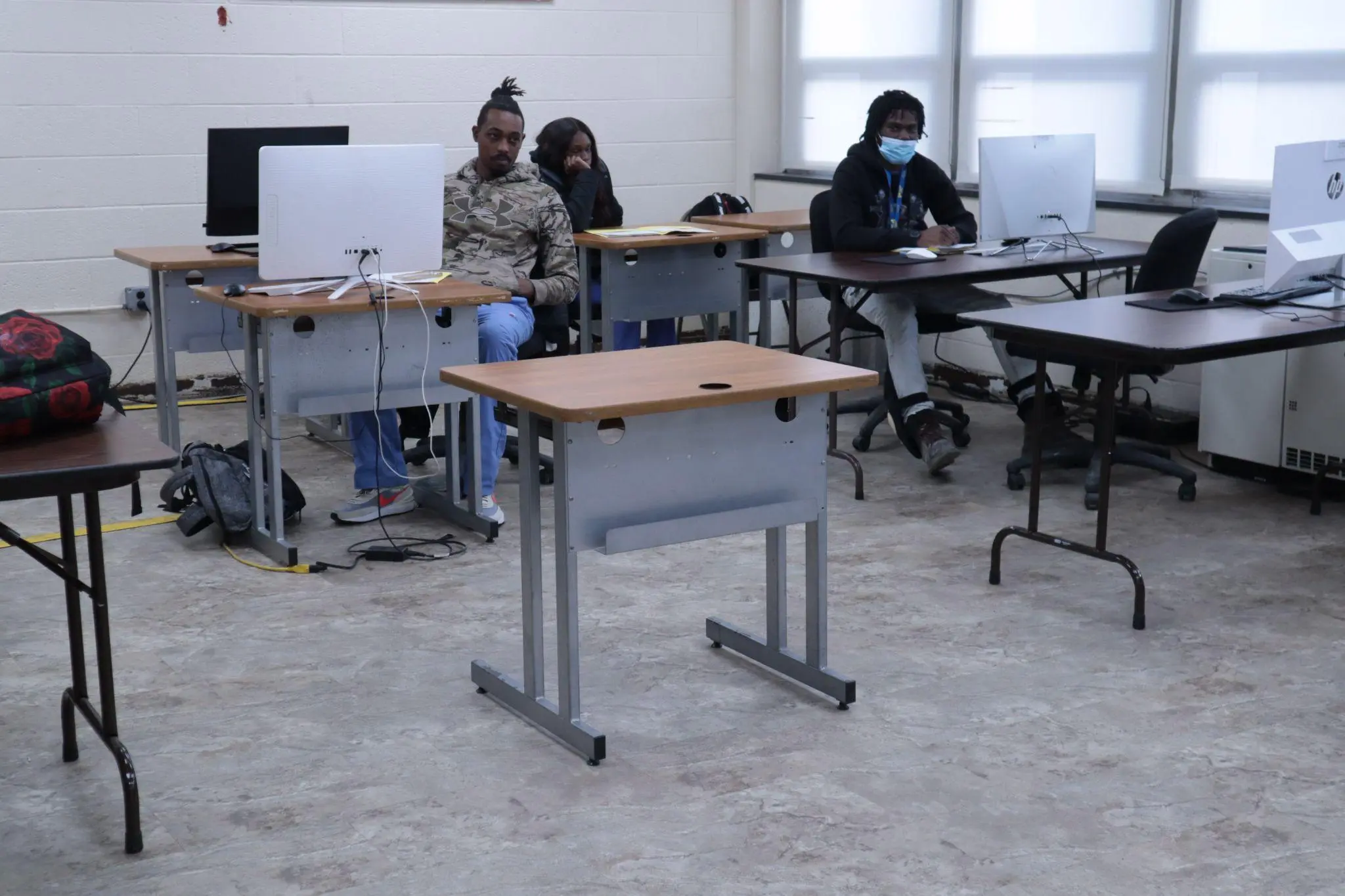Almost every industry has undergone significant changes due to the adoption of technology over the years. The vocational trades training industry is also one of them. AR and VR technology revolutionise the way students understand trades.
Vocational trades training combined with AR and VR is a boon today. It provides a secure, highly supervised, and interactive learning environment for students. These technologies are transforming the learning outcomes completely.
Let us see how!

Vocational training entails a delicate balance of theory and real-life practice. However, safety-related concerns and a lack of equipment always exist.
These concerns may limit the hands-on learning opportunities in the traditional, conventional setups. Here, VR and AR come into the picture. It helps in filling any cracks left therein.
These highly interactive sessions also provide immediate feedback. These tools help students correct errors in real-time.
Real-time progress tracking has also become possible with the arrival of AR and VR. Also, students are becoming more self-assured. Teachers can track the real-time performance and progress of their students in no time.
Vocational trades training has become even more efficient with the smooth transition from theory to practice.
Another crucial benefit of AR and VR is in helping trade school students practice. They do not have to worry about making grave mistakes.
Nonetheless, modern career colleges are increasingly adopting virtual tools that help imitate real-world situations. They help lower the overall training expenses and improve skill learning.
They also equip students to be competitive and succeed in diverse fields. Because of all these benefits, top trade schools now accord AR and VR top priority in their curricula.
This is especially true for fields like welding and construction.
Welding involves specialised skills that need everyday practice. Novice students undergoing traditional welding training often expose themselves to certain risks. AR, VR quickie resolves these issues.
These offer interactive but, more importantly, risk-free real-world simulations. Without being in danger, students can now easily and efficiently learn numerous welding techniques in welding training.
AR and VR-accompanied welding training programs help easily adapt systems to the students’ skillset levels.
More experienced trade students process complex joints. However, beginners concentrate on simpler welds first in welding training programs.
AR and VR guarantee this flexibility. The skills developed are crucial for succeeding in today’s competitive trade careers.

Career colleges now use AR and VR technology to improve their training programs. These resources enable learning to be personalised, quantifiable, and engaging.
HVAC or welding training program students, for instance, can easily troubleshoot any malfunction.
They can also manipulate the virtual components easily. Getting real-time performance metrics is also possible.
When compared with the conventional lecture-based procedures, this technology-driven approach proves to be so much better.
Additionally, top trade schools like PTTI that use AR and VR help connect students to their dreams quickly.
Students can now easily visualise any abstract idea, and even make connections between theory and practice.
They have problem-solving skills that are needed every now and then in the workplace. Hence, technology has made current colleges even more competitive. This competitiveness is passed on to their students very smoothly.
The coming together of AR and VR is very beneficial for the construction industry in general. Construction trade schools use this technology to help students build skills needed in real-life jobs in construction.
Additionally, learners can spot problems even before they arise. Again, it is possible by using augmented reality technology.
The value of technology-driven vocational training is further supported by the graduates being more equipped to partake in real projects.

Vocational Trades Training is also more accessible thanks to AR and VR. We don’t find any Geographical and logistical obstacles either.
This is because remote learners today can take part in simulations while being in any location.
A virtual hands-on learning experience is also available to trade students who have limited access to physical workshops.
Trade school courses, or other vocational programs, benefit highly from this flexibility. Virtual education also accommodates different learning styles. This makes learning easier.
Educators monitor performances to ensure the proficiency of students in critical skills and abilities.
From 2022 to 2024, Pennsylvania went through a slow labour market, with unemployment rates dropping below 4%(Pennsylvania Department of Labour & Industry). A statistic visible only in the 1970s.
This underscores that skilled trade careers make up the majority of the jobs here.
This helps highlight the crucial increasing need to innovate vocational trades training using AR and VR. This cumulative mix of tanning with technology will help solve the workforce crisis smoothly.
With rapid economic growth occurring worldwide, and traditional four-year degrees failing to deliver industry-ready graduates, trade education is emerging as a reliable anchor in powering Pennsylvania’s growth story. By helping students develop hands-on skills, trade education today offers multiple avenues for creating a successful and high-paying career.
AR and VR technology are revolutionising the vocational trades training industry. They offer immersive and well-priced learning possibilities. These technologies have improved vocational welding training and construction training. They have added tremendous value to trade school programs.
Read More :